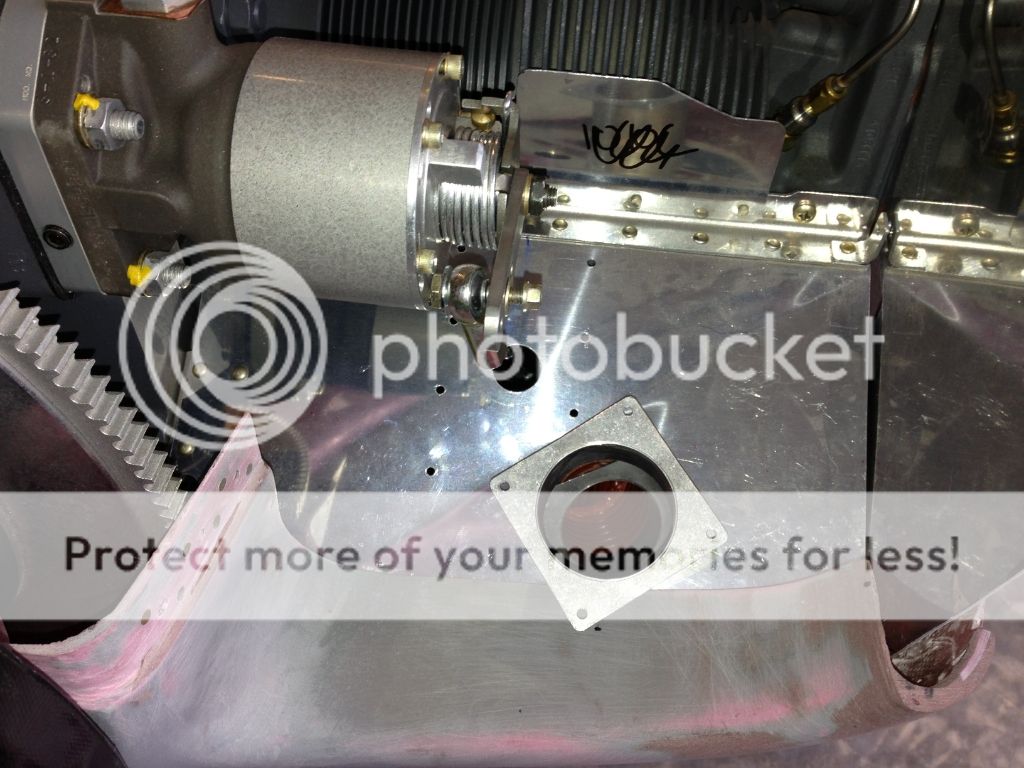CharlieWaffles
Well Known Member
I'm to the step where I need to cut the air ramps to clean the air inlets in the cowling and I am having an issue with the left ramp. I temporarily placed the 2" SCAT tube flange on top of the ramp to make the issue clearer in my photo. I see three options and problems:
1) If I cut the ramp back per the plans, it will cut into the location of the scat tube flange mount. So I would need to move it to the right.
2) If I move the SCAT tube hole to the right, then it would be buried under the conical side flange that will be installed between the ramp and the upright side baffle.
3) I could cut the cowl inlet itself shorter. Currently the inlet sizes are per plans (2" on the outer portion of the inlet, and 3.5" near the prop"). This may or may not necessitate removing the aft most nutplates near the flywheel.
Other ideas? Recommendations? FYI this is a stock setup for the RV-10 (IO-540, etc..)

1) If I cut the ramp back per the plans, it will cut into the location of the scat tube flange mount. So I would need to move it to the right.
2) If I move the SCAT tube hole to the right, then it would be buried under the conical side flange that will be installed between the ramp and the upright side baffle.
3) I could cut the cowl inlet itself shorter. Currently the inlet sizes are per plans (2" on the outer portion of the inlet, and 3.5" near the prop"). This may or may not necessitate removing the aft most nutplates near the flywheel.
Other ideas? Recommendations? FYI this is a stock setup for the RV-10 (IO-540, etc..)







